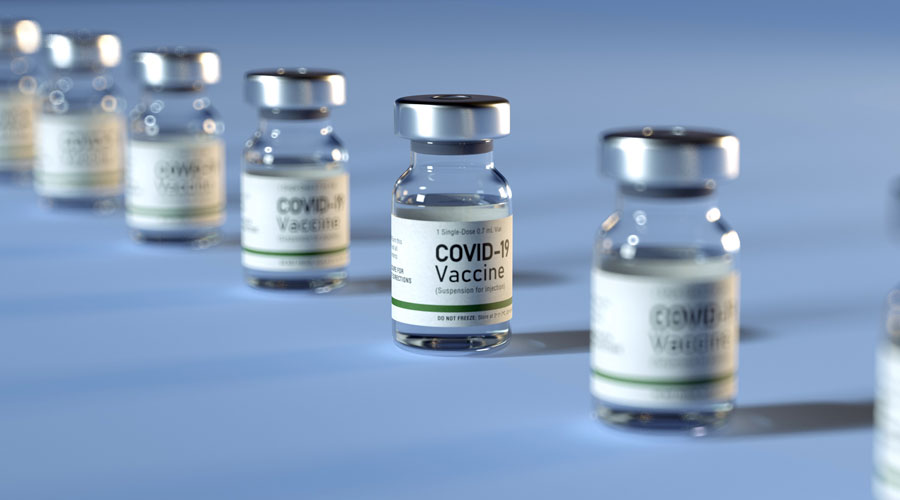As we’re all painfully aware, the global COVID-19 pandemic put a spotlight on the pharmaceutical industry and its ability to develop vaccines at a record pace. Pfizer BioNTech, Johnson and Johnson, and Moderna all have FDA-approved COVID vaccines, while others are in development or close to approval. The process of vaccine development for an infective causing a global pandemic, however, has redefined how pharmaceutical and biotech companies bring a vaccine product to market and how they have positioned their business to support such an endeavor.
Before COVID, the average time to market for a vaccine was 10 to 12 years. This includes the development of novel vaccines for new infectives, as well as the time for generic companies to develop “me-too” vaccines that cause immunity based on the same technology as the original. Yet, the novel vaccines to COVID took a fraction of that time, ~ 1 -1.5 years from the initial reports of widespread infection. The expedited development timeline that played out on the world stage relied heavily on a new technology that has been under development for ~10-15 years and therefore had been in Moderna and Pfizer’s “back pocket” for just a crisis that COVID turned into.
First, let’s take a look at the standard vaccine technology that we’re all aware of, if only by having been given our regimen of vaccines as children. Merck’s measles, mumps, and rubella, or MMR, vaccine is one of the most widely administered, with over 500 million doses having been given worldwide. Although a novel concept in the 1960s, the action of the vaccine is largely based on the human body’s standard response to infection.
Basically, the three viruses that cause the three named diseases are artificially weakened in the laboratory, ensuring they do not cause disease when injected. They do, however, cause the immune system to recognize the virus’s structure, which leads to the development of antibodies to the virus and further development of memory white blood cells. These cells can cause a future immune response if and when you are exposed to the native, infective virus in the environment. The MMR vaccine is 88-97% effective in preventing disease and has caused a drop in disease-related deaths from ~2.6MM / year to ~100,000 per year.
How is the COVID vaccine different? The Moderna and Pfizer vaccines do not use weakened or “killed” viruses. In fact, looking at these 2 COVID vaccines, there is almost no resemblance to the novel coronavirus that causes the disease. Instead, there is only a very small piece of genetic code, called messenger-RNA or mRNA, that is for all intents and purposes the same as what can be found in the viral genetic code itself. The use of mRNA to elicit an immune response is the new technology that is the basis for both the Pfizer and Moderna vaccines.
So what is messenger RNA? mRNA is a piece of genetic code that is translated from our DNA or the RNA in the coronavirus (genetic code contained in the nucleus of the cells of our body or the shell of the virus) into an actionable code, mainly to make proteins. Proteins are the building blocks of cells and also make up that spikey-looking shell that has become the ubiquitous graphic for COVID on the news. The spikes on this shell are the proteins the vaccine mRNA codes for.
These novel vaccines, in simple terms, turns our own cells into little mini-factories. The mRNA that codes for the spike protein of the coronavirus makes its way into our cells once injected. Our cellular organs take that actionable code and start assembling the protein within our cells. Once complete, the protein is forced to the cell’s surface, and the immune system can then recognize it and, just like the action of the MMR vaccine, create antibodies to a piece of the coronavirus. All without being infected with the actual virus. It is reported that the mRNA COVID vaccines are >94% effective in preventing the disease.
The use of mRNA vaccines is novel in that the coronavirus vaccine is the first to utilize the technology to this magnitude. Due to the speed of development brought on by our advances in genetics, expect this type of technology to become the norm for future vaccine development.























